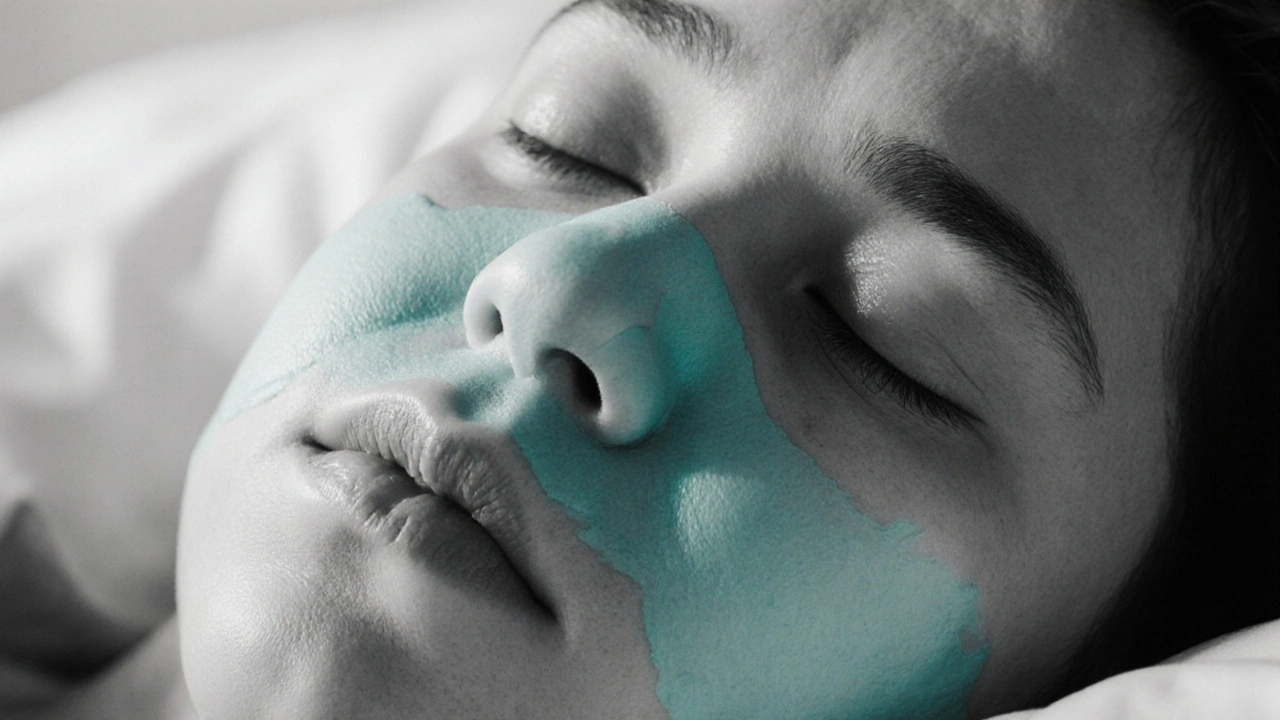When dealing with water retention, the abnormal accumulation of fluid in tissues and body cavities. Also known as fluid retention, it can show up as puffiness in the ankles, swollen abdomen, or a feeling of heaviness. Water retention often signals an underlying issue, so spotting it early saves trouble later. In medical language, water retention encompasses edema, a visible swelling caused by excess fluid and diuretics, medications that increase urine output to remove excess fluid is a common way to manage it. Think of water retention as a symptom, not a disease; it requires a look at lifestyle, medications, and organ health.
Many things can tip the balance toward fluid overload. Chronic heart failure, kidney disease, and liver cirrhosis each reduce the body’s ability to move water out, creating a backlog that shows up as edema. High blood pressure pushes fluid into vessel walls, while a salty diet traps water in the bloodstream. Hormones like aldosterone tell the kidneys to hold onto sodium, and sodium pulls water along, amplifying the swelling. When the kidneys sense low blood flow, they release renin, kicking off a cascade that ends with more aldosterone – a loop that often needs to be broken with medication.
That’s where diuretics step in. Loop diuretics such as furosemide act on the thick ascending limb of the nephron, flushing out large amounts of sodium and water. Thiazide diuretics work farther down the tubule, ideal for milder cases or hypertension. Newer agents like SGLT2 inhibitors, originally for diabetes, also lower fluid volume by nudging glucose and sodium out of the kidneys. Aldosterone antagonists (e.g., spironolactone) block the hormone’s effect, helping people with heart failure keep fluid from building up. Each class has its own profile of effectiveness and side effects, so doctors match the drug to the cause.
Beyond pills, simple tweaks can keep fluid from gathering. Cutting back on processed foods reduces hidden sodium, while staying active improves circulation and encourages lymphatic drainage. Raising legs while resting helps gravity move fluid back toward the heart, and wearing compression stockings prevents blood from pooling in the lower limbs. If you notice rapid weight gain, shortness of breath, or swelling that doesn’t improve with these changes, it’s time to get checked – the underlying problem could be serious.
Below you’ll find a curated set of articles that dive deeper into specific drugs, lifestyle tips, and medical conditions tied to water retention. Whether you’re looking for dosing guides, side‑effect breakdowns, or the latest on newer therapies, the collection gives you practical insights to tackle fluid overload head‑on.

Learn how targeted exercises, hydration tricks, and simple lifestyle tweaks can quickly reduce fluid retention and swelling for lasting comfort.
View more